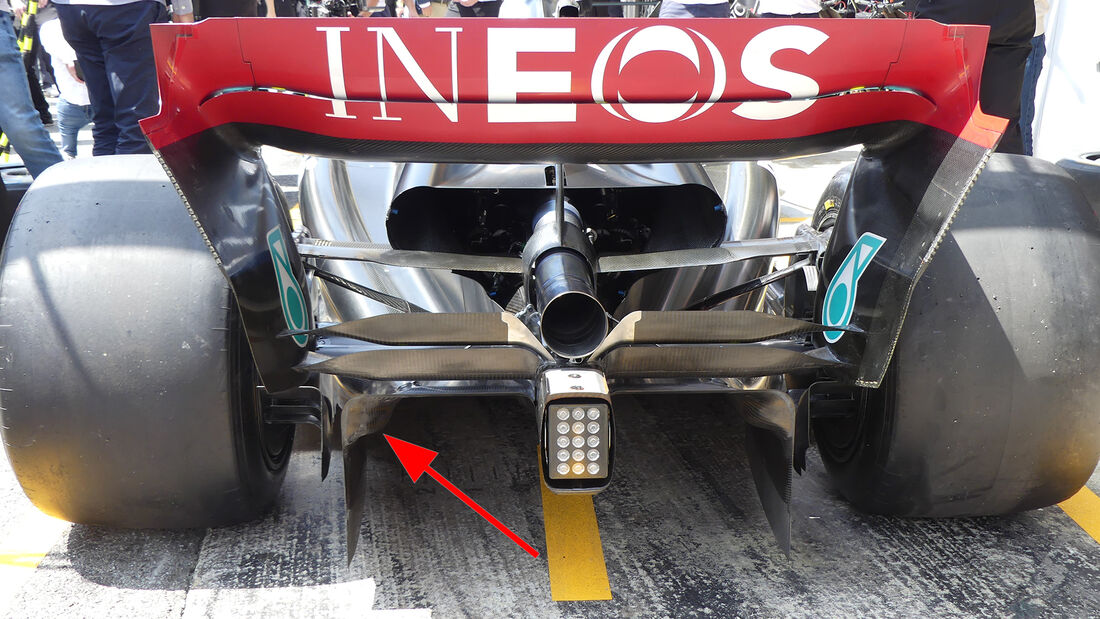Andi76 wrote: ↑02 Jun 2023, 18:54
GrizzleBoy wrote: ↑02 Jun 2023, 11:54
One thing I've noticed about cars following the RB style of sidepod is how almoat every large surface area on any axis except for the undercut area seems to be an ever expanding low pressure area that feeds into other larger and ever expanding low pressure areas.
Its not that the air is just following the shape of the car, its that the air always seems guided toward a low pressure area for it to naturally fill.
I know eyeball aero gets a bad rep here, but I understand enough of the basic and I just couldn't ever see how the aero of the W13 and previous iteration of the W14 were supposed to work in a reliable fashion. There were so many bulges and bumps and flicks and wings flinging the air around in quite a harsh manner with very little to guide it in a structured way once it had been turned, lifted or twisted.
Now I can actually see where and why the air will be moving in a morr reliable way across more circumstances
I think eyeball CFD has a bad reputation for a reason. Every F1 aerodynamicist I've ever talked to and asked how he thinks this or that competitor's car is aerodynamically - you can't tell with the naked eye! Without CFD, wind tunnel or flow-vis etc. it is not possible. Aerodynamics is so complicated and the aerodynamics on a F1 car so complex and interactive - not the most talented and experienced aerodynamicist can do it. In fact, I've never heard an F1 aerodynamicist say anything different when I've asked him about anything other than his car.
There's being able to do CFD with your eyes and then there's having at least a basic idea of how aero works.
Having a basic understanding allowed me to correctly predict that whichever dark grey sauber Esteban Gutierrez drove (no way ill remember the name) would be a rocket on the straights that year, and it turned out to be just that. A rocket on the straights that even the fastest cars found annoying to overtake.
Despite not having CFD eyes, having a basic understanding allows you to answer the easy questions like, "are the vortices shed from the W14 mid wing travelling along a well defined route that won't be sensitive to other flows around the car/different speeds/etc", which is quite clearly a no.
At a basic glance, the W14 now has clear and distinctive flow routes over and around the sidepods and applying basic principles of high vs low pressure allows you to at least predict how the flows will be influenced as they travel across the car, even if you cant see exaxtly where they are going.. Whether the sidepods will utilise those flows efficiently requires more data than eyes can show, obviously.




